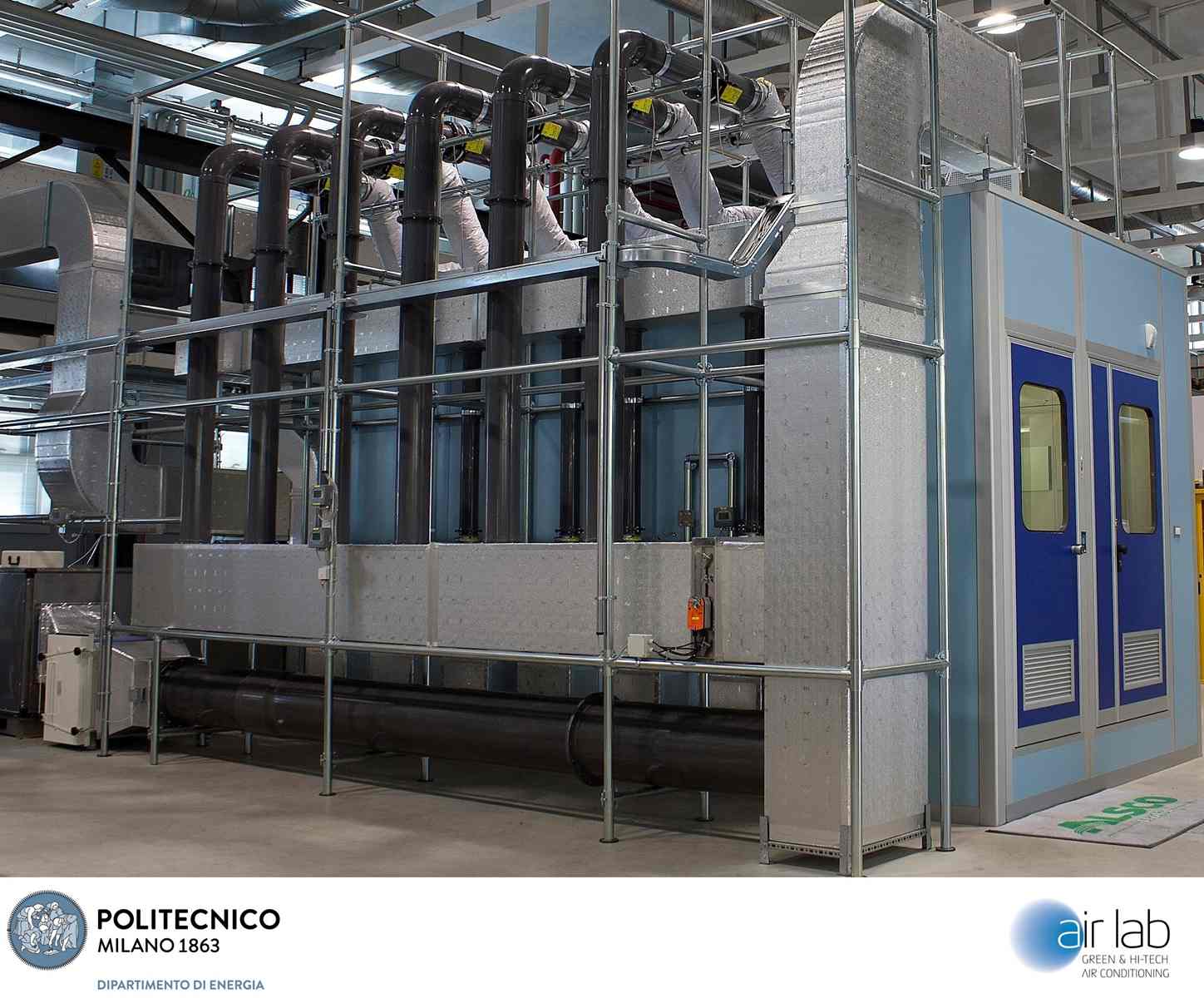Description
The COVID-19 pandemic has made clear the fundamental role of airborne droplets and aerosols as potential virus carriers. Therefore, the ability to predict the behavior of particles emitted by a person has become extremely important. This applies for example to opera singers, who necessarily perform without protective means, such as face masks, and in the presence of fellow singers and musicians.
The AirLab of the Energy Department has a dedicated cleanroom where accurate measurements of aerosol particles up to a few micrometers in size can be carried out in addition to their visualization using cutting-edge techniques.
The present work proposes a combined experimental and numerical analysis. The airborne contamination emission of an opera singer will be numerically investigated using a multi-phase CFD technique (Eulerian Lagrangian approach). The analysis foresees the construction of the CAD model of a test section of the cleanroom with the presence of the singer and the subsequent fluid dynamics simulations for different operating conditions. In the accompanying experimental campaign, accurate tests will be carried out in the real AirLab cleanroom in order to construct a reference database for validating the numerical model.
Tasks
Numerical
- Creation of the CAD model of the test room with the dummy mannequin inside.
- Mesh generation.
- Simulation of different operating conditions.
- Comparison with the measured experimental data.
- Simulations of other operating conditions.
Experimental
- Experimental setup of the test rig.
- Definition of experimental test procedure and validation.
- Quantitative and qualitative data collection.
- Comparison with the simulated numerical data.
Start date and duration
As soon as possible; 6-8 months
Notes
- The work is intended for two candidates, working complementary but separately on the numerical and experimental part. It is strongly advised that the two candidates start the work at the same time.
- The experimental test campaign will be physically carried out at the AirLab of the Energy Department.
- Previous knowledge of basic CFD is not mandatory but is beneficial.
- Either OpenFOAM or ANSYS Fluent will be used for the mesh generation and simulations.
Contact persons
- Prof. Luca Marocco (luca.marocco@polimi.it)
- Prof. Francesco Romano (francesco.romano@polimi.it)
- Prof. Cesare Joppolo (cesare.joppolo@polimi.it)
- Prof. Stefano De Antonellis (stefano.deantonellis@polimi.it)
